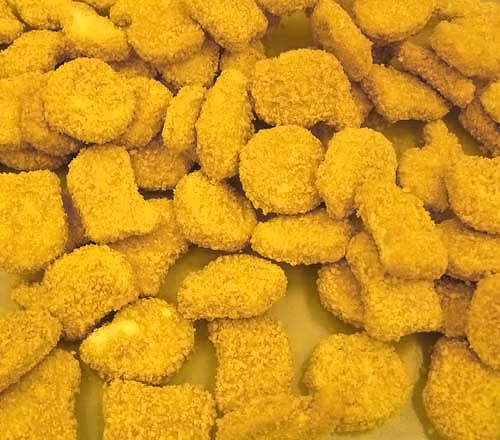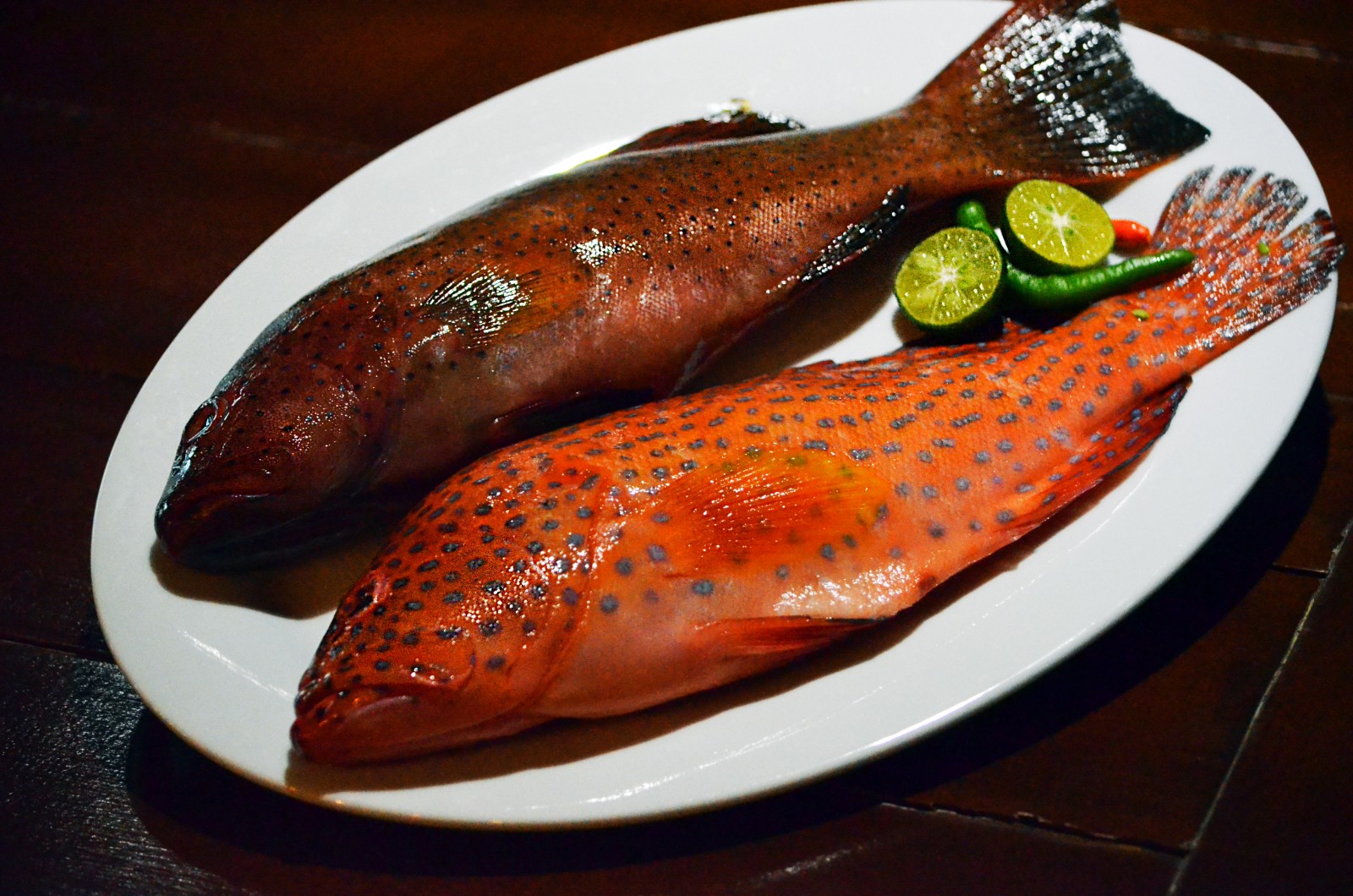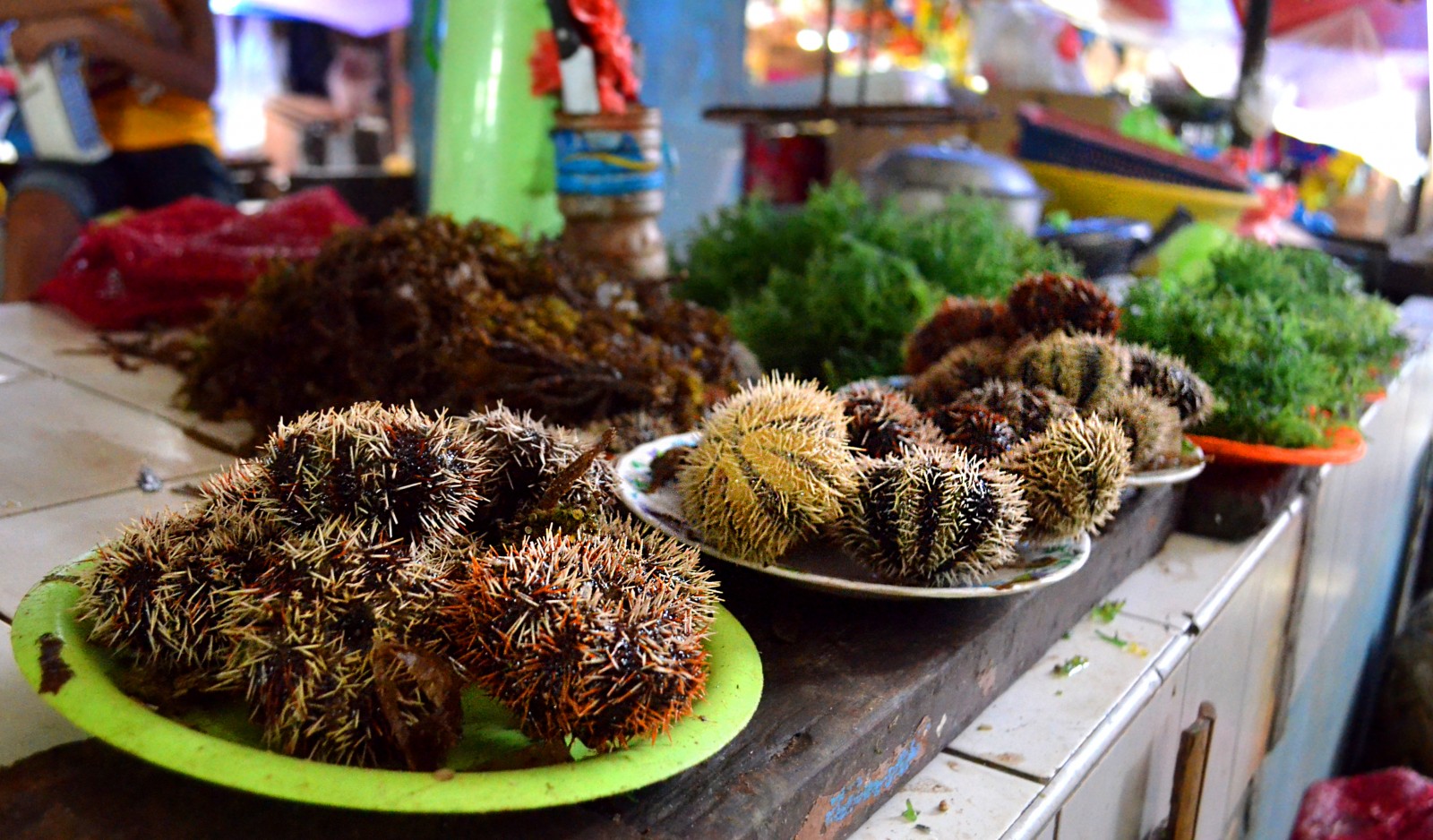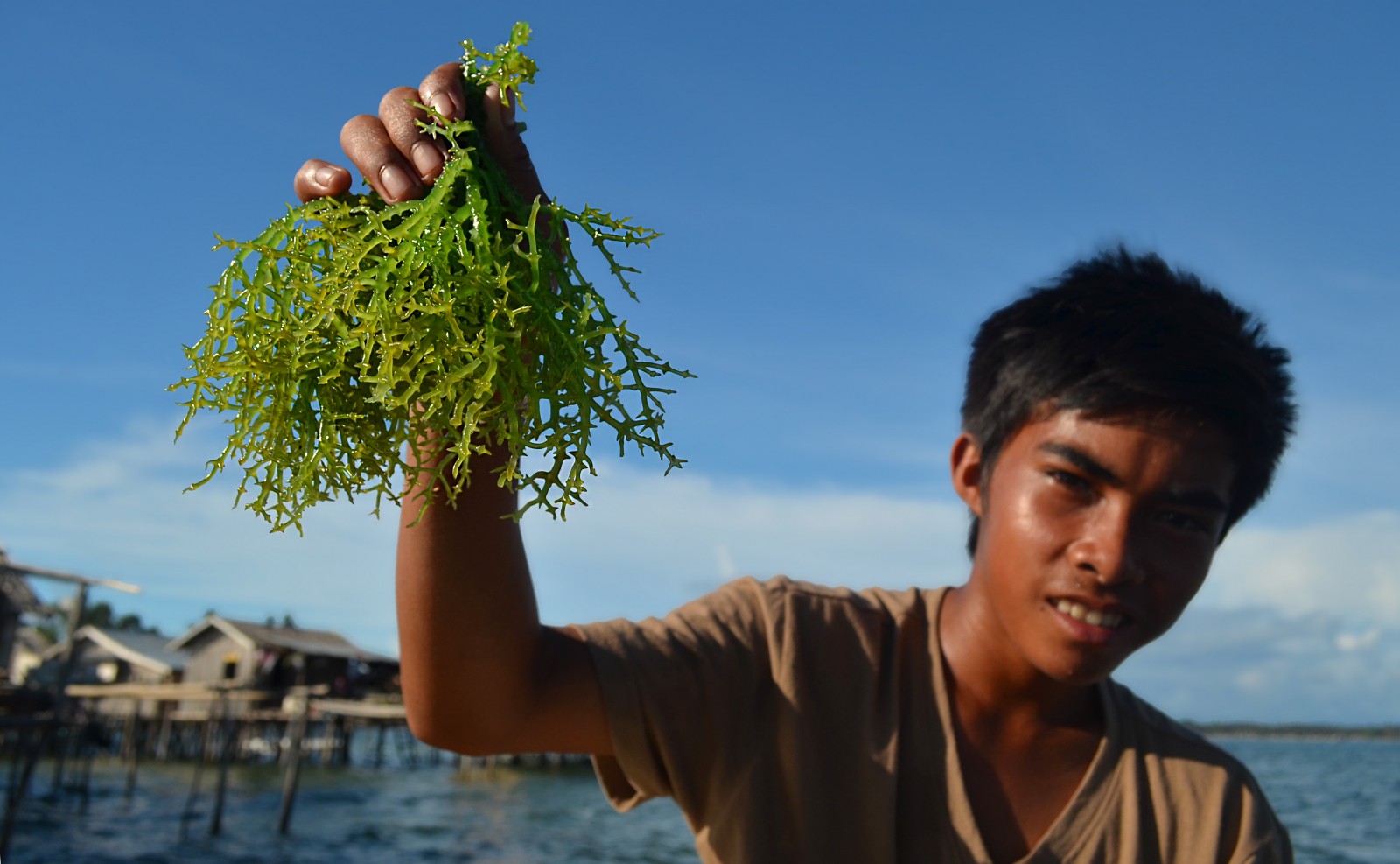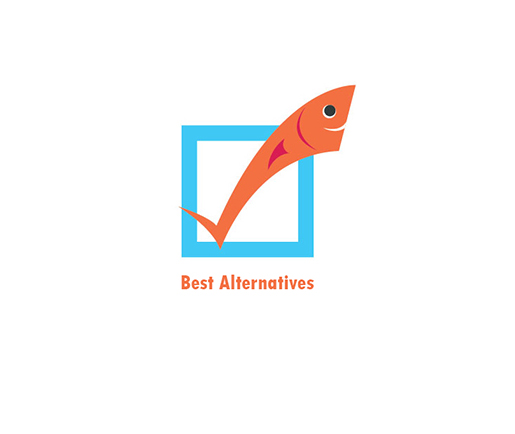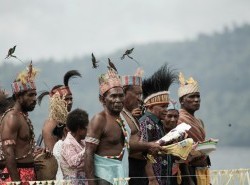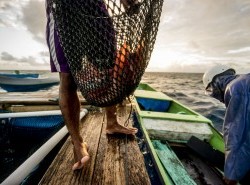Can we really justify eating seafood at all when so many marine species and ecosystems are in crisis? With the right strategy, yes we can says Gregg Yan ...
To tread the path to eternal seafood security, we must produce more food with less resources. To do this, we need to turn to Best Alternatives, a campaign to promote, well … the best seafood alternatives.
When humans domesticated wild cattle, hogs, and jungle fowl, huge markets sprang up for beef, pork, and chicken. But beef is really drawn from over 800 breeds of cattle – ranging from tough Texas Longhorn to drought-resistant Brahman bull.
Pork is drawn from any of the 80 or so types of domesticated swine. Chicken comes from nigh-countless breeds of fowl. While meat taste and texture varies dramatically from breed to breed (compare chewy Texas Longhorn slabs with tender slivers of Kobe beef), classification remains the same – chicken, beef, pork.
However, seafood has always been marketed by species. We order two kilograms of Tilapia. Six ounces of Bluefin Tuna. A tiny ounce of Chilean Seabass. Never do we ask for just fish meat.
So here’s the paradigm shift: what if fish are classified and processed into just a few types of market-grade meat? Tomorrow’s diners might relish Redfish Slivers, Crab Nuggets or Whitefish Fillets, buttered and roasted to appease even Poseidon’s palate.
Thanks to the Parable of the Chilean Seabass, we know how other species can ‘stand in’ for highly-valued commodities. The more species we lump together, the more we spread the shock effects of fishing. When Pacific Bluefin stocks are flagging, and consumers are howling for Redfish Slivers, stocks of high-grade Yellowfin or Albacore can fill in.
This commodification of seafood would serve three purposes – to broaden our seafood supply base, maximize profit while lowering retail costs, and eliminate a growing global problem – that of fish wastage.
Seafood spoilage is a huge problem. An estimated 12 million tons of fish are annually lost to spoilage – enough to feed 13 million people for a full year. Freezing fish not only prevents deterioration, it locks in both flavor, and nutrients. Chilled and thawed well, frozen fish tastes better too. Just ask the millions of sashimi connoisseurs who pay top-dollar for blast-frozen, premium-grade Maguro.
As a plus, processed food can be shipped instead of flown, greatly reducing the carbon footprint of future food delivery networks. Frosty waves of fish sticks, shrimp nuggets, and faux shark fins have already established beachheads in the world’s hypermarts.
Kani sticks, ever-present in Japanese restaurants, are leading this seafood revolution of the processed kind. Made of Surimi or pulverized white fish meat, they are lovingly crafted to look and taste exactly like crab meat.
Sure, processed fish might not be as fresh and tasty as a fish in a seaside barbeque, but they are cheap and efficient sources of protein – and for many developing nations, cheap protein is a future commodity.
Farming the Sea
Since seafood nuggets might not be for all, markets must also continue offering fresh and unprocessed seafood. Our second solution then, is to harvest seafood sustainably. Waning wild fisheries can no longer supply 100% of demand – but in baby steps, the transformation of our seas and waterways into farms had already begun.
Seafood typically has a better feed-to-mass ratio than cattle, hogs, and poultry. Entrepreneurs first experimented with aquaculture around 5,500 years ago, when the Chinese chucked Common Carp into stagnant pools. Today, fish farms are Earth’s fastest-growing food production systems, supplying half the world’s seafood.
Not all operations are sustainable though: too many discharge pollutants into local waters, many fish are fattened using low-value or trash fish, and some species like Tilapia have escaped their pens to completely lord over local rivers and lakes.
In Indonesia, a Tilapia farming venture owned by Regal Springs was certified by the Aquaculture Stewardship Council (ASC) as responsibly-farmed. Grown in Asia, the fish shall be exported to Austria, Belgium, Canada, and seven other high-rolling nations. Markets for sustainably-cultured Pangasius Catfish, and Sea Bass are already sprouting up, with a whopping 90% of all aquaculture products hailing from Asia.
In the Philippines, an initiative called the Partnership Programme Towards Sustainable Tuna (PPTST) is promoting sustainably-caught handline yellowfin tuna by linking local fishing communities directly with European importers, ensuring that fishers earn more while catching less fish. These are the types of solutions needed to save our seas and feed more people.
Whether farmed or wild-caught, fresh or processed, offering sustainable seafood alternatives translate to healthier ecosystems, and wealthier communities. Finned or not, everyone wins.
* * *
Commodifying seafood into frozen and processed meats might sound fishy, but given our current challenges, a business-as-usual mindset sets a course for troubled waters.
Already our world is beset by the twin evils of overpopulation and climate change. With coral bleaching, marine acidification and El Niño effects eroding oceanic productivity, sitting on the problem means more people go hungry tomorrow.
If you wish to be a special fish, then swim away from the school. Well, charting our food path carefully and changing the current way we look at the sea might just make Fish Forever a real possibility – and that’s food for thought.
Asian environmentalist Gregg Yan is behind the Best Alternatives Campaign, which has been helping transform the seafood, aquarium, and curio trades by offering more sustainable and equally profitable alternatives to endangered seafood, aquarium fish, corals, and sea shells.

